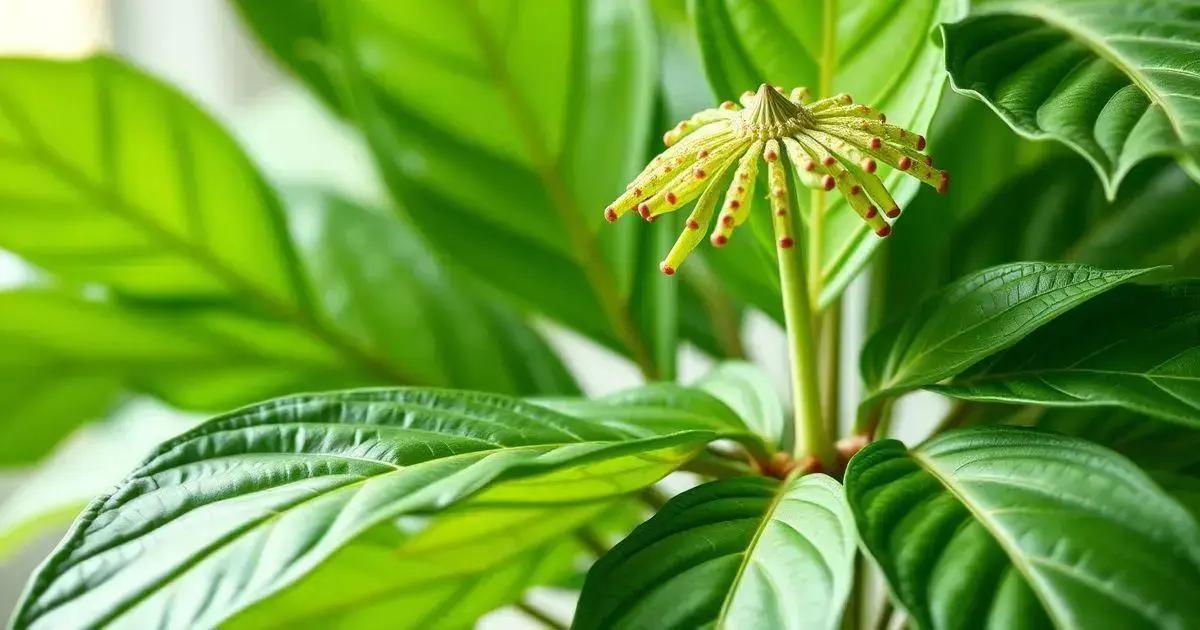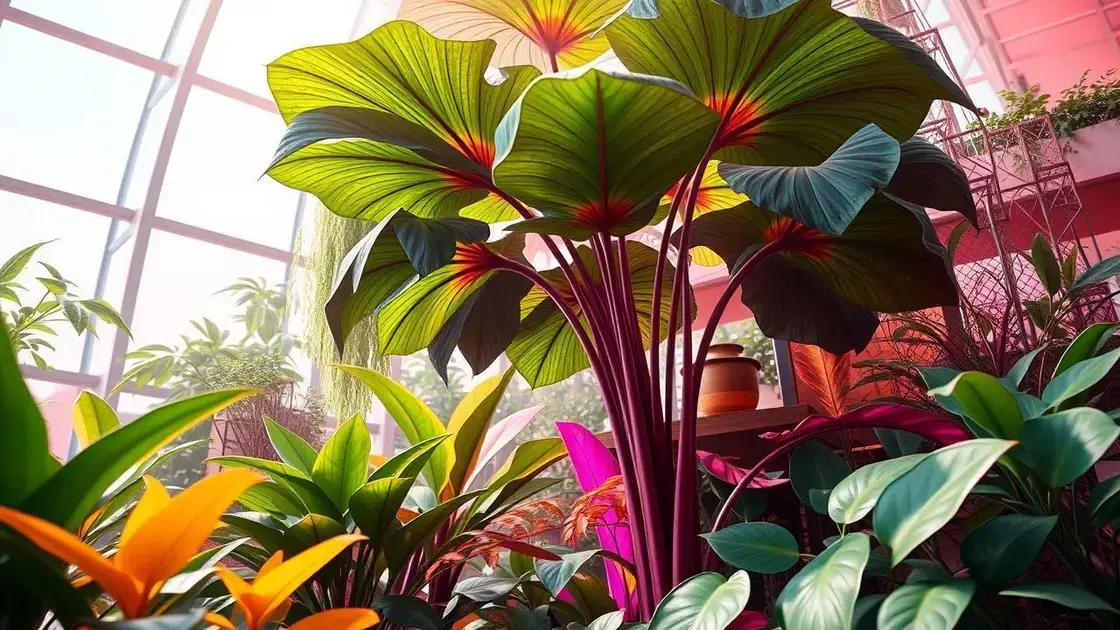How to Care for an Umbrella Plant: 7 Essential Tips for Thriving Growth
How to care for an umbrella plant can be a delightful journey into indoor gardening. As you explore this vibrant houseplant, you’ll encounter fascinating aspects that can enhance your living space. From understanding its watering needs to recognizing the signs of its health, this guide will unveil essential practices that promote lush and thriving foliage.
Table of Contents
ToggleEssential watering techniques for umbrella plants
How to care for an umbrella plant is crucial for keeping this popular houseplant healthy and thriving. Adequate watering techniques play an essential role in its growth and vitality. Understanding the right amount of water and frequency will help you avoid the common pitfalls that lead to issues such as yellow leaves or root rot.
Understanding your umbrella plant’s watering needs
Umbrella plants, also known as Schefflera, are relatively forgiving but require specific care when it comes to watering:
- **Check the soil**: Always assess the moisture levels before watering. The top inch of soil should be dry.
- **Water evenly**: Ensure that the water penetrates the soil uniformly, promoting healthy root growth.
- **Drainage is key**: Use pots with drainage holes to prevent water from stagnating.
Developing a watering schedule
Creating a systematic watering schedule can significantly affect your umbrella plant’s health:
- Frequency: Water every 1-2 weeks, depending on your plant’s environment and time of year.
- Seasonal adjustments: During the growing season (spring and summer), you may need to increase the frequency, while in the dormant months (fall and winter), reduce it.
- Humidity needs: Umbrella plants thrive in higher humidity. Consider misting the leaves or positioning a humidifier nearby.
Common watering mistakes to avoid
To keep your umbrella plant healthy, avoid these common mistakes:
- **Overwatering**: This leads to root rot, a common issue that can jeopardize your plant’s health. Look for yellowing leaves as an indicator.
- **Underwatering**: Conversely, allowing the soil to stay completely dry for extended periods can stress the plant, causing leaf drop.
- **Ignoring seasonal changes**: Adjust your watering habits as the season changes to match the plant’s growth phase.
By adhering to these essential watering techniques for umbrella plants, you can ensure that your houseplant remains vibrant and robust. For additional insights, you might find exploring indoor gardening techniques valuable.
Fertilizing tips to enhance umbrella plant health

Fertilizing tips to enhance umbrella plant health are vital for ensuring vibrant growth and foliage. Well-nourished umbrella plants not only look better but also thrive more effectively. Understanding how to fertilize correctly makes a significant difference in their overall health.
Choosing the right fertilizer
When fertilizing your umbrella plant, it’s essential to select the appropriate type for optimal growth. Here are some recommendations:
- **Balanced liquid fertilizers**: Choose a balanced fertilizer like 10-10-10 or 20-20-20 during the growing season.
- **Organic options**: Consider organic fertilizers, which release nutrients slowly and are often less harmful to the plant.
- **Fertilizer spikes**: These can be convenient, providing nutrients over time without the need for constant monitoring.
When and how to fertilize
Establishing a proper fertilization routine is crucial for your umbrella plant’s health:
- Frequency: Fertilize every 4-6 weeks during the growing season (spring and summer) and reduce to once every 2-3 months in the fall and winter.
- Application: Dilute liquid fertilizers as per the package instructions, and apply it to moist soil to prevent root burn.
- Signs of nutrient deficiency: Look for pale leaves, stunted growth, or unusually small new leaves as signs your plant may need fertilization.
Common mistakes to avoid
Making mistakes while fertilizing can cause more harm than good. Be cautious of the following:
- **Over-fertilizing**: Too much fertilizer can lead to salt buildup, causing leaf burn or even plant death.
- **Ignoring soil condition**: Test the soil before fertilizing to ensure it can adequately absorb nutrients.
- **Fertilizing dry soil**: Always water your plant before applying fertilizer to avoid damaging the roots.
By following these fertilizing tips to enhance umbrella plant health, you can maintain lush and thriving foliage. For more guided information, you may want to check out exploring indoor gardening techniques.
Common pests and issues with umbrella plants
Common pests and issues with umbrella plants can affect their health and appearance. Knowing what to watch for can help you keep your umbrella plant thriving and free of problems. Let’s explore the main pests and issues that might affect your plant.
Identifying common pests
Umbrella plants are prone to several pests that can cause harm if left untreated:
- **Spider mites**: These tiny pests create fine webbing and cause leaves to yellow and drop.
- **Mealybugs**: They appear as white cottony clusters on stems and leaf axils, sucking sap from the plant.
- **Aphids**: These small green or black insects can distort leaves and stunt growth.
Signs of pest infestations
Being vigilant about symptoms can allow early intervention:
- Leaf discolored spots: Yellowing or browning can indicate distress from pests.
- Webbing: Look for fine webs, a sign of spider mite activity.
- Sticky residue: A sticky substance, known as honeydew, often points to aphid or mealybug presence.
Addressing pest problems
To manage and treat pest issues on your umbrella plant, follow these steps:
- **Regular inspection**: Check your plant’s leaves and stems weekly for any signs of pests.
- **Insecticidal soap**: Use insecticidal soap as an effective treatment for many common pests.
- **Neem oil**: This natural pesticide can help eliminate pests without harming beneficial insects.
Preventative measures can go a long way in maintaining the health of your umbrella plant. For instance, ensuring good air circulation and avoiding overcrowding can help reduce pest problems. For more tips on plant care, don’t miss exploring indoor gardening techniques.
In conclusion
Caring for your umbrella plant requires understanding its specific needs, from watering and fertilizing to identifying and managing pests. By implementing the tips discussed, you can foster a healthy and vibrant umbrella plant that enhances your indoor space. Remember to regularly check your plant for signs of distress and adjust your care routine as needed. For additional guidance and tips on enhancing your indoor garden, keep exploring the wealth of knowledge available for plant enthusiasts.

